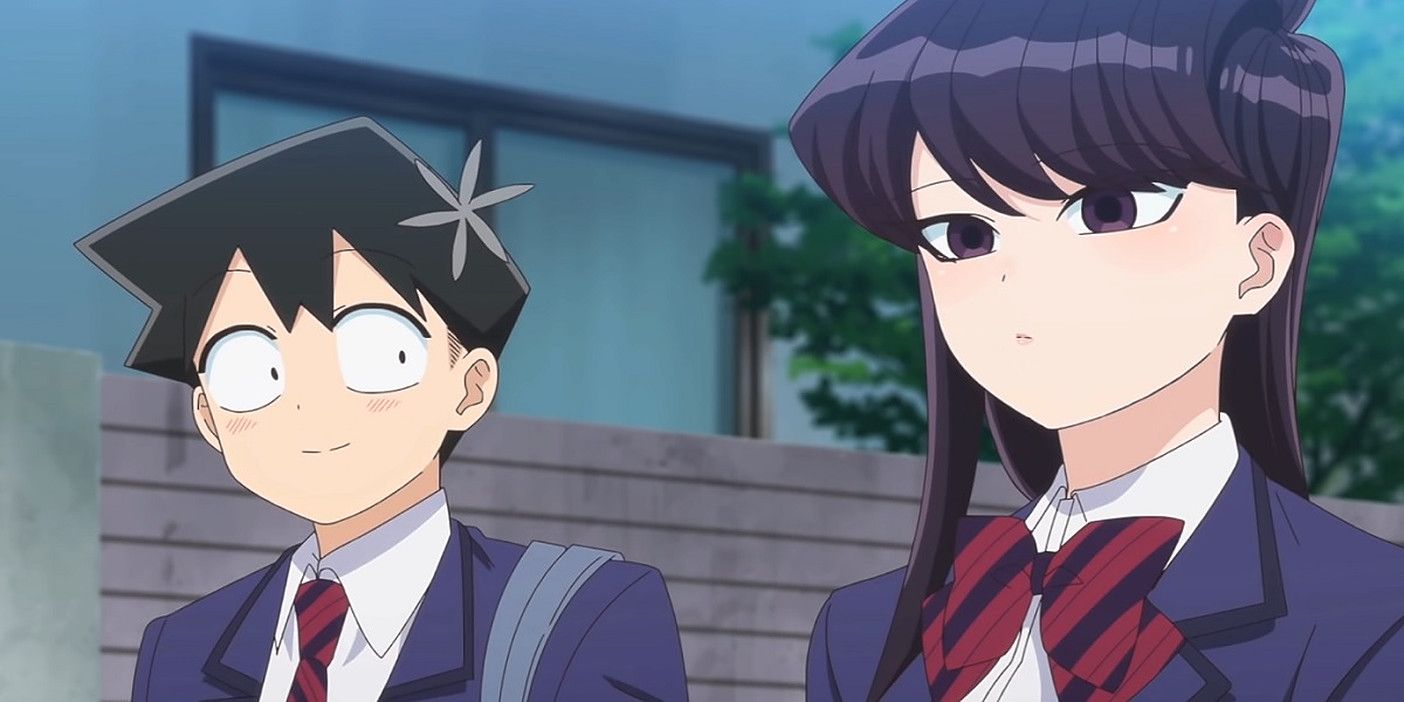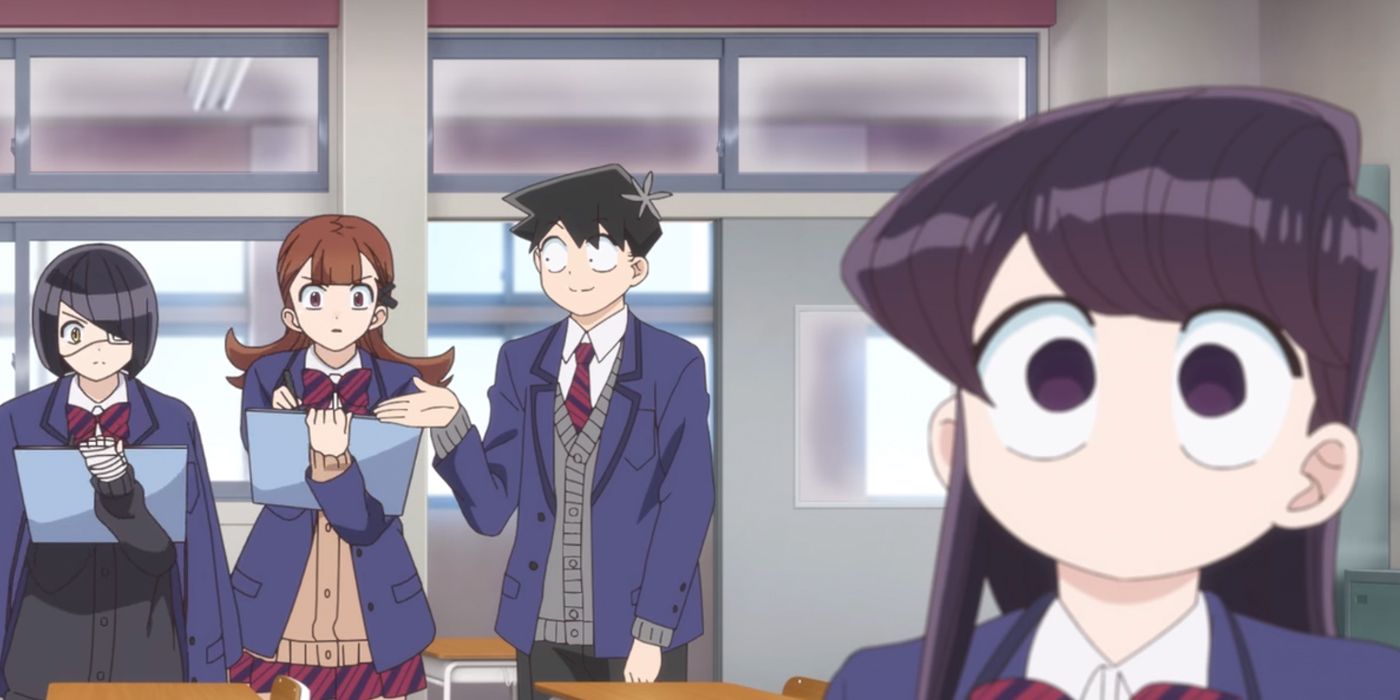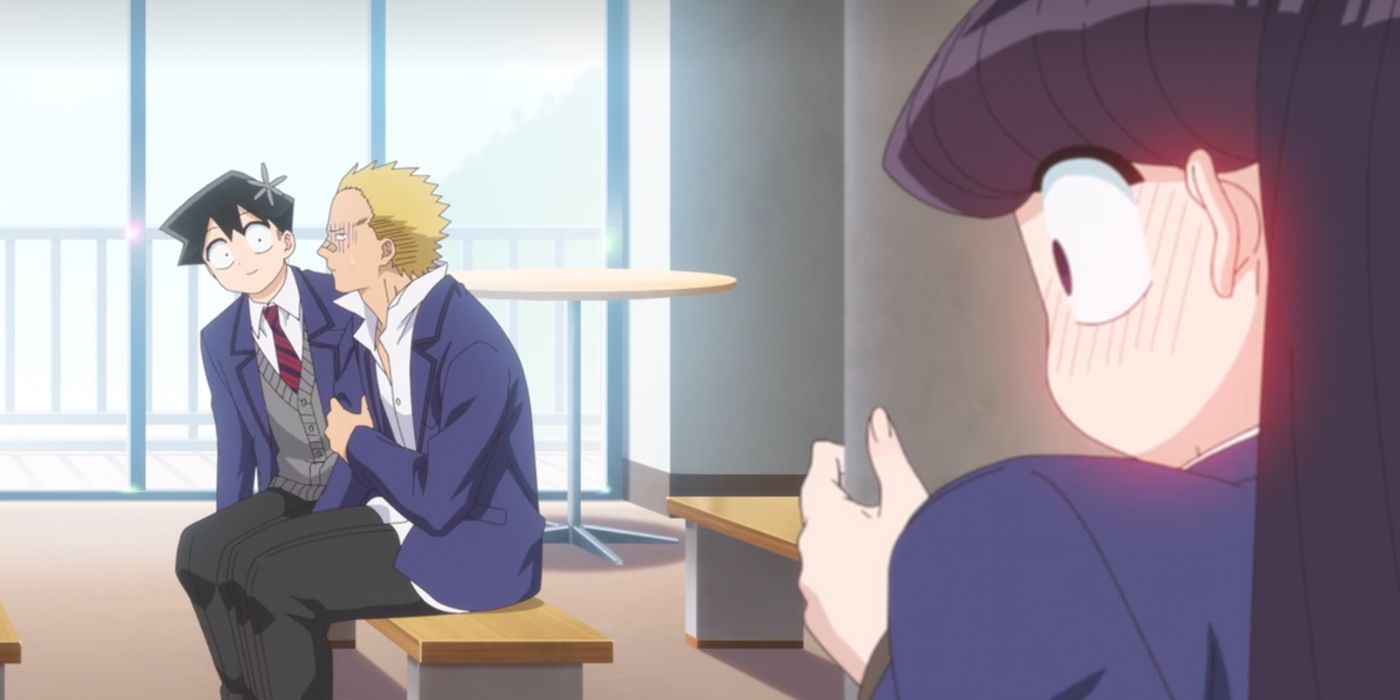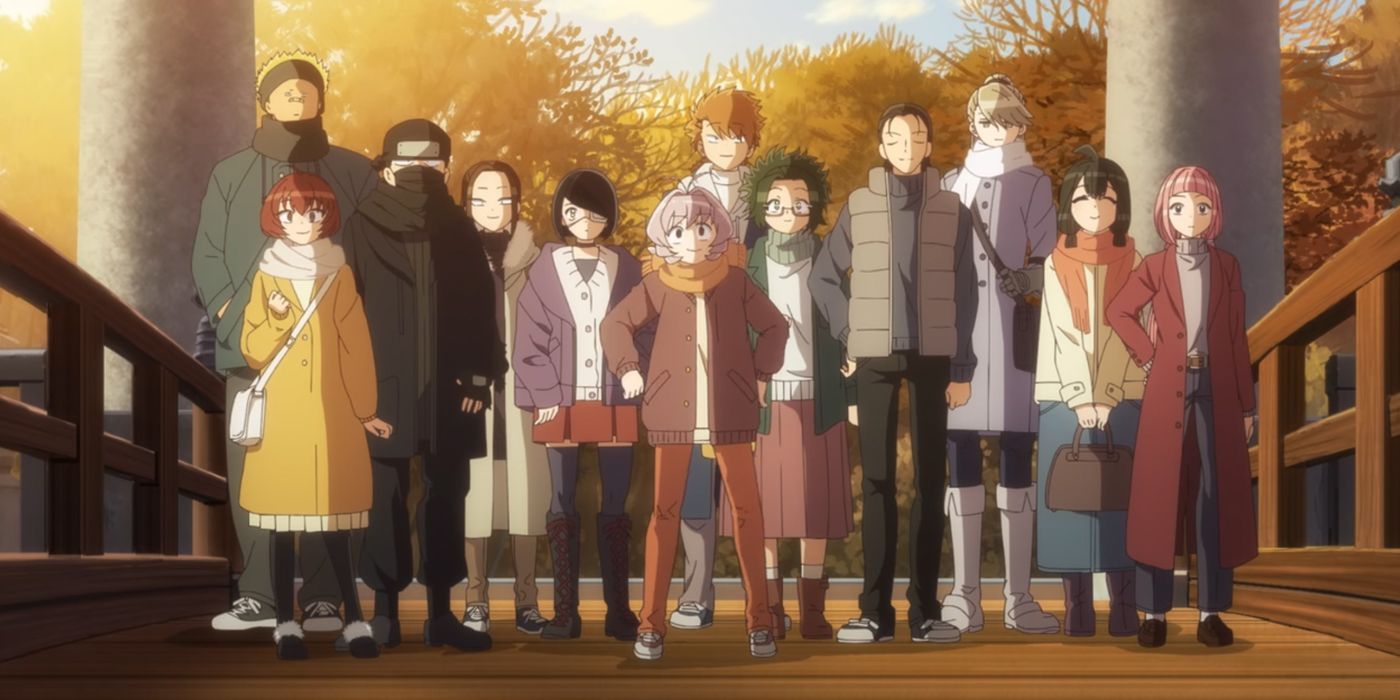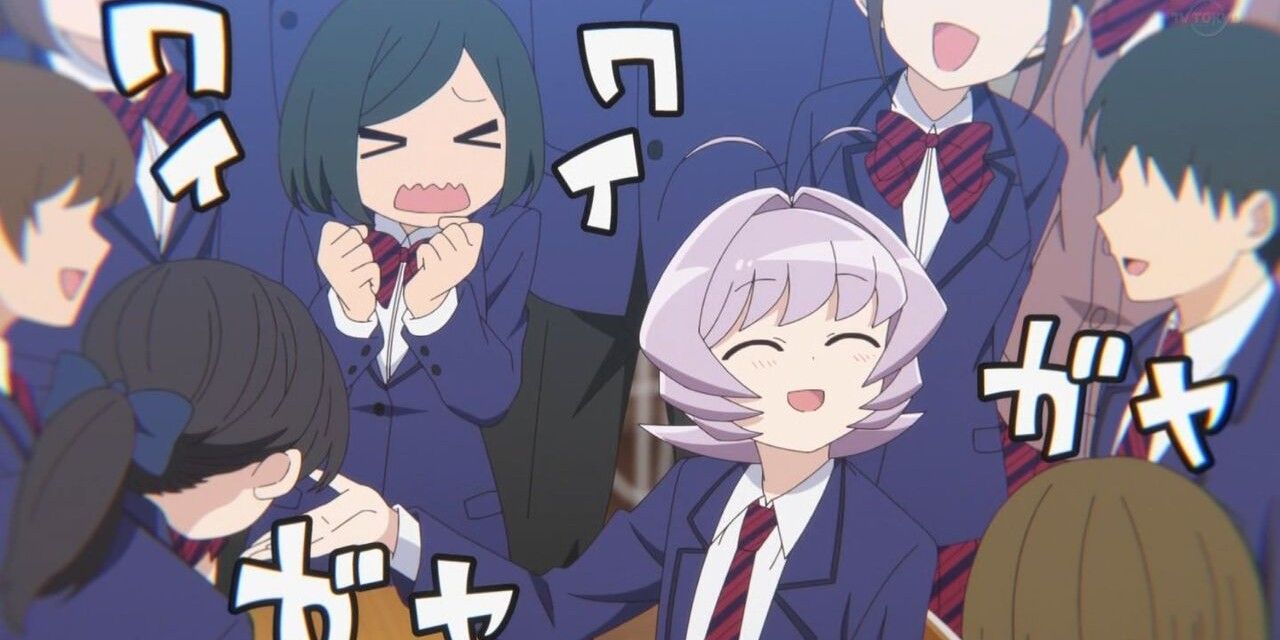While fans of the anime series Komi Can't Communicate fell in love with the ensemble cast and hilarious gags, others have dropped it, turned away by what they believe is a bland and overly clichéd title. Although humor is certainly subjective, the latter group is missing out on the value of Komi's unique approach to its genre.
The most common complaints are about the over-exaggerated tropes the show has become known for. What started out as an earnest slice-of-life series about a student struggling to make friends turned into an explosive festival of the most notorious anime tropes. Although most of the side characters bring a misunderstood novelty to the series, the main characters are given more nuance and heart because of their assigned tropes.
The story follows Komi and Tadano as they enter their first year of high school hoping to make friends -- for varying reasons, both struggle to accomplish this goal. When viewers see that Komi has social anxiety and can't handle speaking to others, the show's heartwarming premise kicks off. As popular as she is, she's also isolated since everyone treats her like an untouchable god. Tadano, however, can clearly see there's more to Komi and decides to treat her like a normal person. After solidifying their friendship, they work together on Komi's social skills, one classmate at a time.
As wholesome as Komi is, the audience can't forget this is a sitcom where misunderstandings, tropes and exaggerations are crucial parts of the punchlines. What the creators have done differently are the exaggerations and the hidden meanings of the countless tropes used. By incorporating a multitude of the most well-known anime tropes and playing them out to extremes, the creators not only add entertainment value but also pose a unique conflict to the protagonists.
Komi's Journey Wouldn't Be As Interesting With Watered-Down Tropes
The central premise itself is a trope, as a great many anime plots are to some degree centered around a protagonist making numerous friends for one reason or another. In the case of Komi Can't Communicate, Komi wants to make 100 friends in spite of her social anxiety, which the narrator explains will go beyond typical slice-of-life ordeals because her classmates are far from ordinary. This is why the radical approach to character clichés, and clichés at large, works so well.
The fact that Komi is worshipped by her classmates is a trope, but the way it's nuanced adds conflict, humor and character depth. For someone with social anxiety, being glorified isn't really a perk, it can be a punishment -- and based on how insecure Komi is revealed to be, she may not even see it as a positive. For the first few episodes, the "100% Adoration" trope causes a delay in making friends, but after overcoming that to some extent, it serves as an obstacle to her growth -- something that Tadano is there to help with.
Tadano Is The Bland Friend Everyone Needs
Komi never asked to be put on a pedestal, which is why Tadano is such an important character. Anime fans have seen the cliché of the love interest who happens to be the best support for the main character. Assuming that Komi and Tadano are written to be love interests, the cliché falls under the notion of "soulmates made for each other." Unlike some scenarios, Komi and Tadano's dynamic feels natural, and the buildup of their relationship is incredibly clever.
Although Tadano unquestionably falls into the "Bland Male Protagonist" trope, he has a variety of interesting character traits that he just happens to keep quiet about. His whole shtick is that he tried to be an interesting character in middle school but, because his attempts to stand out failed so terribly, he decided that he'd rather not make any waves in high school. Despite that, he befriends Komi because of his ability to pick up on people's feelings, which he does to help a number of his classmates, not just Komi.
The Full Cast Adds Original Nuance To Clichés
Anime with large ensemble casts have a special spotlight on them due to the challenge of keeping track of and balancing so many characters. In spite of this challenge, the creators of Komi were right in adding more characters for their heroine to befriend, with her second friend becoming the most beloved character of the series, Najimi.
The moment Najimi was introduced, the series was entering dangerous and potentially offensive territory, but it turned this around by making Najimi fully rounded and not allowing their gender to stand at the core of their character. Najimi's character is quite possibly the reason why the series is so popular, especially among older anime fans who have become sick of offensive tropes that harm trans and nonbinary people. While Najimi may have some harmful habits, it's nothing so detrimental that makes their character detestable, and the fact that they are known to sincerely apologize for any wrongdoing, at least to Komi, makes them all the more lovable.
In addition to Najimi, other character tropes include the chuunibyou Nakanaka, who covers up her real feelings by acting as a cliché villain, the supposed delinquent Katai, who's really just buff on the outside and an anxious softie on the inside and many more. The fun in watching Komi is witnessing all these diverse characters interacting and seeing how Komi deals with their loud personalities given her social anxiety.
While fans of this series may understand how entertaining Komi Can't Communicate is, there's nothing wrong with any misunderstandings. To be fair, this style of humor is not for every viewer, but for those who enjoy it, it has massive potential. However, with every series that starts off great, there are still many hurdles to overcome.
Watching the main heroine interact with the most extreme anime stereotypes is fun, but the creators still have to remember the development promised in the first episode. Komi needs to grow, and the scenes where she grows the most are the heartfelt moments of the series, boosted by the series' tropes. As funny as the sitcom style is, it can surely become a bore if overdone. However, as long as the creators of the anime continue to play off tropes while building character development, the anime should remain successful.

.jpg)
